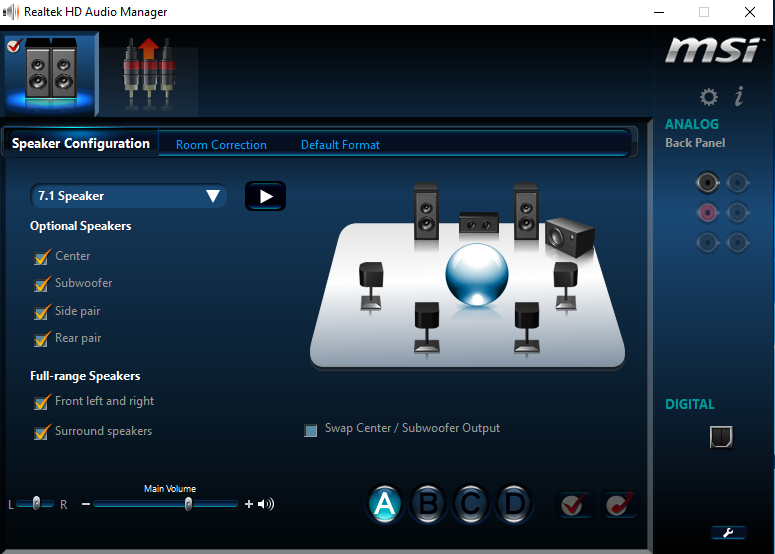Choosing the right development framework is a critical decision when building your web application or website. With so many frameworks available, it can be difficult to decide which is best for your project. In this blog post, we’ll compare two of the most popular frameworks: Laravel and Ruby on Rails. We’ll take a look at each framework’s strengths and weaknesses, helping you to make the best choice for your project.
What Is Laravel?
Laravel is an open-source PHP web application framework created by Taylor Otwell in 2011. It provides an expressive and elegant syntax for creating, organizing, and manipulating database records as well as an automated testing environment to ensure quality software is produced. The Laravel framework also provides a secure authentication system with a powerful Model-View-Controller (MVC) architecture.
At its core, Laravel is a robust collection of tools designed to make the development process easier and faster. It provides several features that help developers create complex web applications quickly and efficiently, including built-in routing, database migrations, and a simple ORM. The framework also includes powerful libraries for handling security, data validation, sessions, and more.
In addition to its core features, Laravel also offers a variety of additional packages and extensions that can be easily integrated into projects. This makes it easier for developers to customize their applications to suit their needs. Additionally, Laravel is constantly evolving and being updated to make it even more user-friendly and efficient.
What Is Ruby on Rails?
Ruby on Rails is an open-source web application framework written in the Ruby programming language. It was created by David Heinemeier Hansson in 2004 and has since become one of the most popular frameworks for web development. Ruby on Rails is based on the Model-View-Controller (MVC) architectural pattern, which separates the application into three parts: the model, which is responsible for the data; the view, which is responsible for how the data is presented; and the controller, which is responsible for interpreting user requests.
Ruby on Rails makes it easy to create complex web applications with less code, allowing developers to focus on the features they want to add instead of worrying about how to write code from scratch. Ruby on Rails also follows a “convention over configuration” philosophy, meaning that it comes with many conventions for structuring applications and dealing with common tasks, such as authentication and authorization. This allows developers to quickly get up and running with their applications, without having to spend too much time configuring settings.
Finally, Ruby on Rails emphasizes using existing plugins and gems (packages of code), which can be used to add more features to your application without writing extra code. This makes it easier to quickly develop complex applications without having to write every line of code from scratch.
Key Differences Between Laravel and Ruby on Rails
The debate between which development framework to use when creating a website or application is often discussed among developers. Two of the most popular frameworks are Laravel and Ruby on Rails, both of which have their own unique strengths and weaknesses. In this section, we’ll discuss the key differences between Laravel and Ruby on Rails so that you can make an informed decision when choosing the right framework for your project.
- Learning Curve: When it comes to learning curves, Laravel has a much shallower learning curve compared to Ruby on Rails. This is because Laravel is based on PHP, which is simpler and easier to learn than Ruby on Rails.
- Speed: Another key difference between the two frameworks is speed. While both frameworks are relatively fast, Ruby on Rails offers better performance and scalability than Laravel. This makes it ideal for large-scale projects.
- Flexibility: In terms of flexibility, Laravel offers more options than Ruby on Rails. For example, developers can easily create custom solutions using Laravel’s robust libraries and packages. On the other hand, Ruby on Rails does not offer as much flexibility as Laravel does.
- Community Support: Both frameworks have very active communities that provide support and help when needed. However, due to its popularity and wide usage, Laravel has a larger and more active community than Ruby on Rails.
Ultimately, there is no one-size-fits-all solution when choosing a development framework, as each framework has its own strengths and weaknesses. When deciding which framework to use, it is important to consider the needs of your project and determine which framework is best suited for it. - Hire Developers: When it comes to hiring developers, both frameworks have an abundance of developers available for hire. However, due to its popularity, Laravel developers are typically more expensive than Ruby on Rails developers. Therefore, it’s important to consider your budget when making a decision. Furthermore, when hiring developers, it’s important to look for experienced developers who can help you create a secure and reliable web application.
Conclusion –
When it comes to the ultimate decision on whether to use Laravel or Ruby on Rails for your project, it really comes down to the specifics of your project. Both frameworks are highly versatile and provide many options for development. Ultimately, the choice between Laravel and Ruby on Rails comes down to which language you’re most comfortable with and which framework provides the features that are best suited to your needs. If you’re looking to hire Ruby on Rails developers for your project, there are a number of experienced professionals available who can help bring your ideas to life.


